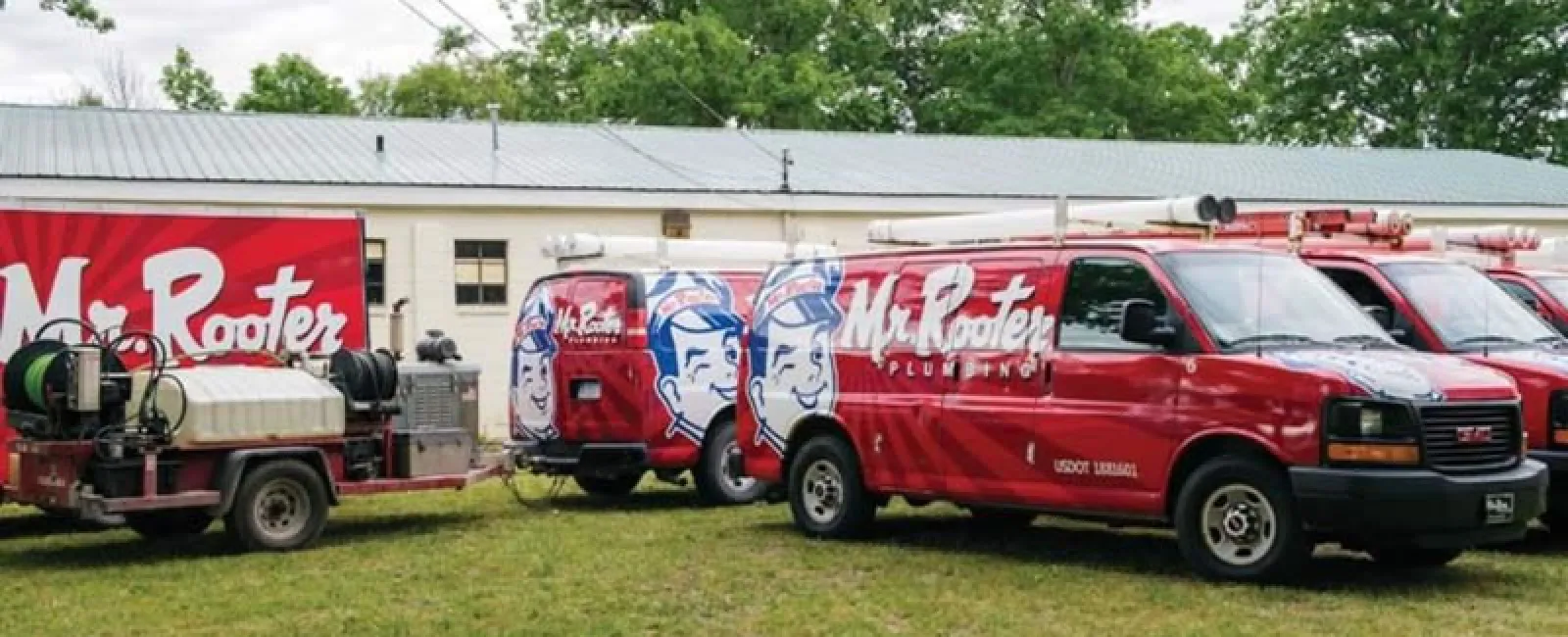PVC pipes are becoming more popular for homeowners across America. They are affordable, durable and can be used in a variety of circumstances. Occasionally, you may need to repair or replace a small segment of PVC. Thankfully, in cases such as this, there's no reason to replace your entire system, PVC pipe is a user-friendly material and many handy homeowners find great success making minor repairs. At Mr. Rooter, we provide high quality residential and commercial plumbing services in Atlanta, Sandy Springs, Stone Mountain, Alpharetta, Roswell, Decatur, Dunwoody, Buckhead, Marietta and other metro area neighborhoods. One of the most common problems that people have when it comes to DIY PVC projects, is properly joining their pipes. This is an extremely important step, because if performed inadequately, you could be left with water damage, mold and outrageous utility bills thanks to multiple leaks. Here are a few tips and tricks for how you can avoid potential mistakes when joining your PVC pipes.
Cut PVC Pipes as Necessary
The first step is to cut your PVC pipes down to the proper size. You can use a PVC pipe cutter or a fine tooth saw blade to make your cuts.
Sand the Edges Until Smooth
Afterwards, you'll want to remove any rough areas made while cutting. If the surface is left ragged on the inside, it could cause major clogs and backups in your plumbing system. If the top or outside isn't smooth, it will be hard for the pipes to adhere after the cement is applied. Use a rough grit sand paper for efficiency.
Preassemble and Use Permanent Marker to Easily Place the Pieces Back Together
Put your pipes together in the exact way needed for the final step. Preassembling will help you mae sure your pipes are cut to the accurate length and that all the pieces fit snugly. This step will keep you from making costly errors. Once all pieces are in place, use a permanent marker and create dashes across the joint, and number the order in which they will be put bac together. This will make reassembly simple and quick.
Apply Your Plumbing Cement
Next, use PVC primer and wipe the inside of each fitting to ensure proper adhesion of the cement. It's important that you work in a ventilated area when using the primer and cement. These materials have strong odors and can be dangerous if inhaled. It's a good idea to use a respirator mask when you're in close contact with these kinds of substances. Let each primer application dry for 10 seconds before placing an even coating of solvent cement on the same location. Be sure to place the cement on the inside and outside of the area that needs to be "glued" into place. When assembling each joint, hold the pipes into place for at least 15 seconds to avoid any slippage or misalignment.
Use a Transition Coupler When Needed
Certain pipes may need to fit into non-PVC materials. If so, a transition coupler can help you avoid leaks. They can be purchased at your local hardware store. Make sure the couplers you use are high quality and free of any punctures, creases or marks.
Test for Leaks
Before putting your tools away, conduct a thorough leak test. It's best to know that a problem exists immediately, otherwise you risk creating a major issue down the line.
Are You Looking for a Certified Plumber in Atlanta, GA? Call Mr. Rooter Today
Do you need help with your PVC pipes? Call the licensed and insured plumbers at Mr. Rooter of Atlanta. Our team of industry leading specialists will come to your location with all the tools and equipment needed to get your plumbing system working at it's best. Contact our office right away for more information or to schedule a convenient appointment with a certified Atlanta plumber near you.
